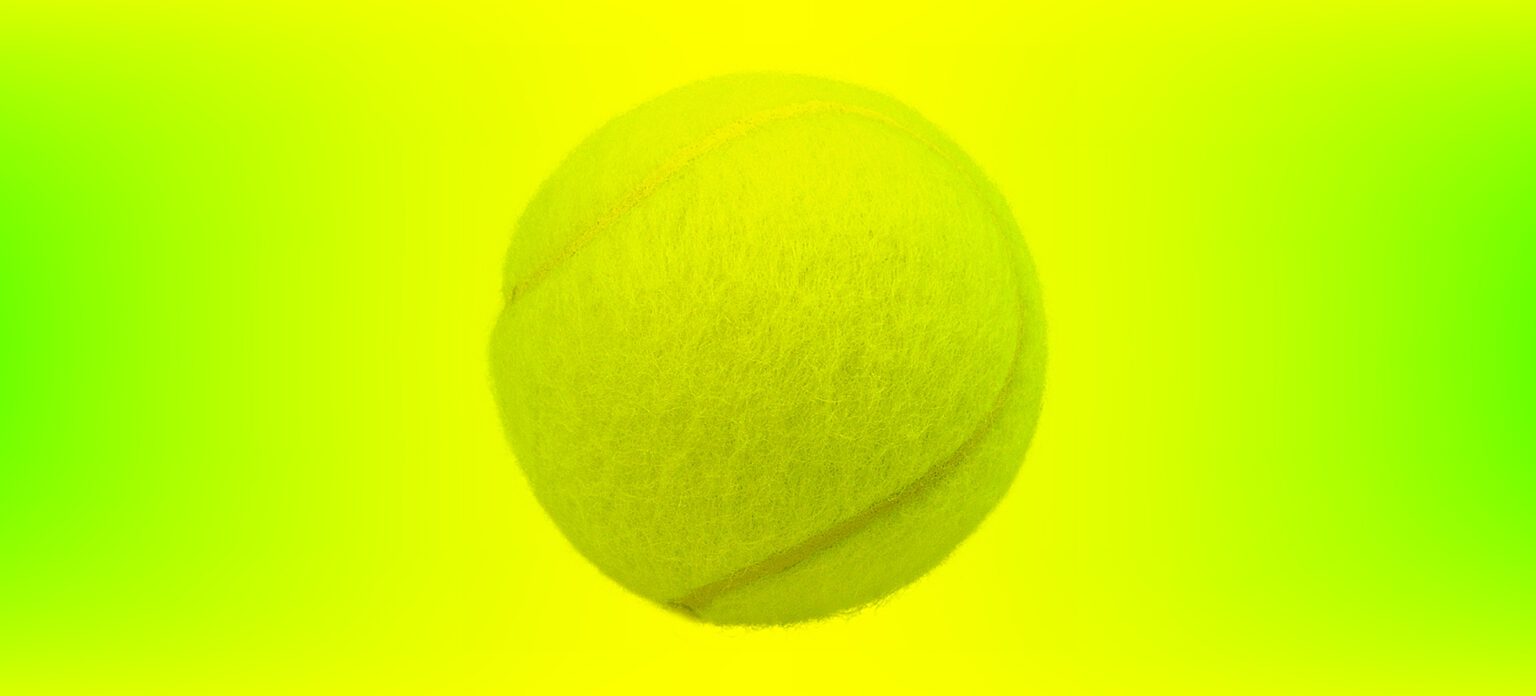what is
Developmental Coordination Disorder (DCD), or Dysgraphia
Dysgraphia, a difficulty in grapho-motor coordination, falls under Developmental Coordination Disorder (DCD), which involves challenges in coordinating movements. Many of these children are still commonly described as having dyspraxia.
According to the Diagnostic and Statistical Manual (DSM-V, 2013) Dysgraphia is used as a term to refer specifically to “a serious impairment in the development of motor coordination affecting handwriting competence, consequently affecting legibility of written output and affecting academic achievement.”
it's the child who...
In terms of writing, he is not sure from where to start writing, or where a line should end. He writes letters upside-down, or might transpose letters in consonant clusters (e.g., writing ‘lg’ instead of ‘gl’, ‘hs’ instead of ‘sh’, or ‘hriskn’ instead of ‘shrink’).
During play, he may struggle to figure out where to begin a construction, how to assemble Lego pieces, how to dress a doll, or even the correct order in which to put on his clothes when he starts dressing himself independently.
He has difficulty balancing on one foot to play hopscotch and frequently breaks or drops things unintentionally. He often falls while walking and usually appears disheveled in the way he wears his clothes.

a little more on DCD
Scientifically speaking, according to global classifications like the ICD-10 or DSM-V, Developmental Coordination Disorder (DCD) can be understood, in simplified terms, through two main aspects: gross motor skills and fine motor skills. Each of these areas is assessed using specific tests that pinpoint the exact nature of the difficulty. Based on these findings, the Specialist Occupational Therapist who conducts the diagnosis provides tailored treatment recommendations.
